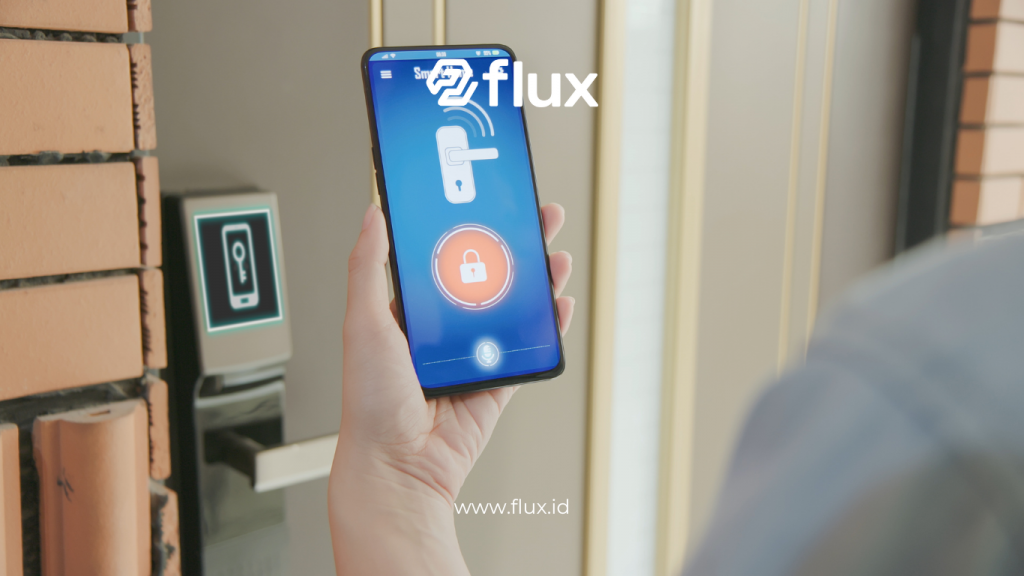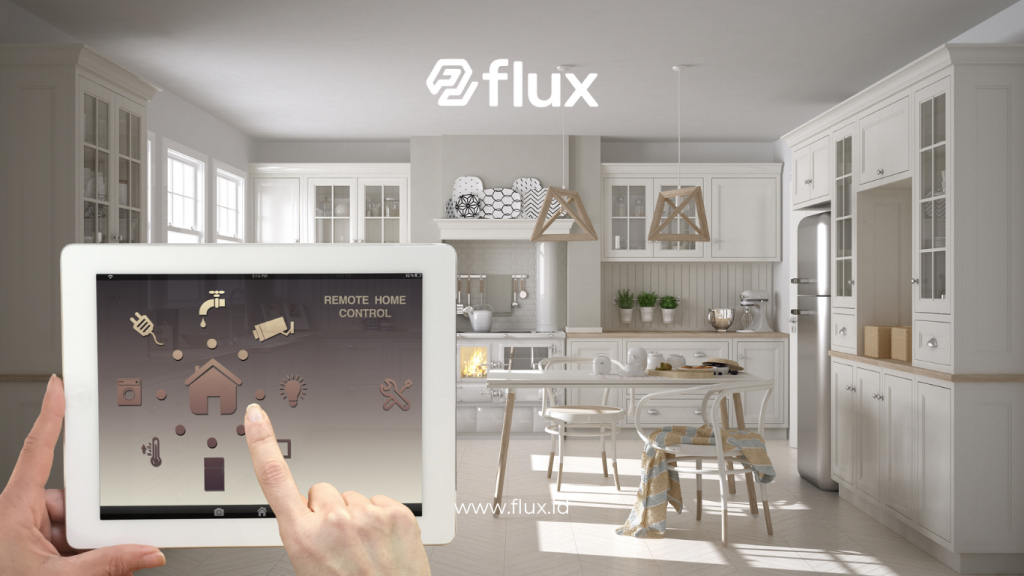Don't miss our holiday offer - 20% OFF!
In the digital age, smart homes have become an integral part of modern living. Internet of Things (IoT) technology enables devices in the home to connect and communicate, creating an intelligent and automated ecosystem. This article explores how IoT is redefining comfort, security, and efficiency at home, along with the advantages that this technology offers to users.
Contents
What Is IoT in Smart Homes?

Read More: IoT Integration in Smart Home Systems: Benefits and Challenges
IoT is a technology that connects electronic devices and allows them to communicate via the internet. In a smart home context, IoT includes devices such as lights, thermostats, security cameras, and household appliances that can be controlled remotely via smartphones or voice assistants.
General Benefits of IoT in Smart Homes
- Convenience: Users can control devices from anywhere.
- Energy Efficiency: Automation systems help reduce energy usage.
- Security: IoT cameras and sensors protect the home from intrusions.
The Advantages of IoT in Smart Homes

Read More: Smart Home IoT Technology: Intelligent Solutions for Everyday Life
- Easy Convenience and AutomationIoT systems allow users to manage lighting, room temperature, and home appliances with a simple click or voice command. For example, lights can turn on automatically when occupants are detected, and thermostats can adjust to optimal temperatures autonomously.
- Practical Example: With IoT, you can start your coffee machine from your bedroom, so it’s ready when you head to the kitchen.
- Effect: Adds convenience, making life more practical.
- Energy Efficiency and Cost SavingsIoT makes smart homes operate more efficiently. For example, a smart thermostat can adjust the home’s temperature based on occupants’ habits, saving energy when the home is empty.
- Energy Efficiency: IoT systems ensure devices only consume electricity when needed.
- Long-term Savings: Reduced electricity usage helps control monthly expenses.
- Enhanced SecurityIoT technology enables users to monitor their home’s security through CCTV cameras, door sensors, and alarms. When motion is detected near doors or windows, the system sends an instant notification to the user’s smartphone.
- Security Advantage: Real-time access and automatic notifications enhance protection.
- Example: With IoT, users can lock doors or monitor their home while away.
- Integration with Virtual AssistantsIoT devices can integrate with virtual assistants like Google Assistant, Amazon Alexa, or Apple Siri. Users can easily control household devices with voice commands.
- Ease of Control: All devices are connected on a single platform.
- Flexibility: Users can adjust the temperature or turn on the TV just by speaking a command.
- Home Monitoring and Data AnalyticsIoT can collect data on energy usage and occupant activities. This data allows users to monitor energy efficiency and make adjustments to reduce consumption.
- Data Management: IoT systems enable users to monitor and analyze energy usage.
- Economic Benefits: Usage analysis supports more energy and cost-saving decisions.
Examples of IoT Devices in Smart Homes

Read More: Artificial Intelligence and IoT: Transforming an Ordinary House into a Smart Home
- Smart ThermostatSmart thermostats allow for temperature adjustments based on schedules and weather conditions, saving energy significantly.
- Smart LightingSmart lighting adjusts brightness according to time or activity, providing a comfortable ambiance while saving energy.
- Smart Security CamerasThese cameras provide real-time monitoring and send notifications if suspicious movements are detected, enhancing home security.
- Smart AppliancesSmart appliances like refrigerators, ovens, and washing machines now come with IoT features that can be controlled remotely, saving time and energy.
- Air Quality SensorsThese sensors monitor indoor air quality and send alerts if it declines, helping to maintain a healthy environment for the home’s occupants.
Challenges of Using IoT in Smart Homes
- Data Security and PrivacyAlthough beneficial, IoT in smart homes poses a risk of data leakage. IoT systems are susceptible to cyberattacks that can access users’ personal information.
- Solution: Implement encryption and use IoT devices from trusted manufacturers to safeguard personal data.
- Dependence on Internet ConnectionIoT devices require a stable internet connection. If internet access is disrupted, some automation functions may not work properly.
- Solution: Choose a high-quality internet connection or use devices that can also operate manually.
- Initial Investment CostsIoT devices and installations may require a high initial investment. While they can save costs in the long term, the initial expense can be a challenge for some.
- Solution: Start with the most essential devices and gradually add other devices over time.
The Future of IoT in Smart Homes

Read More: Smart Home Revolution: Implementing IoT for Comfort and Security
In the coming years, IoT technology is expected to become more advanced and affordable, making smart homes more accessible to more people. Integration with artificial intelligence (AI) will also enhance functionality, allowing devices to learn from user habits and make automatic adjustments.
Conclusion
The application of IoT in smart homes has brought numerous advantages, from increased convenience and energy efficiency to enhanced security. While there are challenges, proper solutions can optimize the use of IoT devices at home. With rapid technological advancements, IoT-based smart homes will continue improving quality of life and offer a smart, practical, and safe future for every household.





